If you’ve ever walked out to admire your carefully tended garden, only to find your prized roses or tender vegetables munched down to stubs overnight, you’re not alone. Deer are beautiful creatures, but they can quickly turn a thriving garden into their personal buffet. Fortunately, there are plenty of effective, humane ways to keep deer from eating your plants — and many of them are easier than you might think!
In this guide, we’ll explore why deer are so drawn to our gardens, how to spot the signs of deer damage, and the most reliable strategies to protect your plants for good. Let’s dive in.
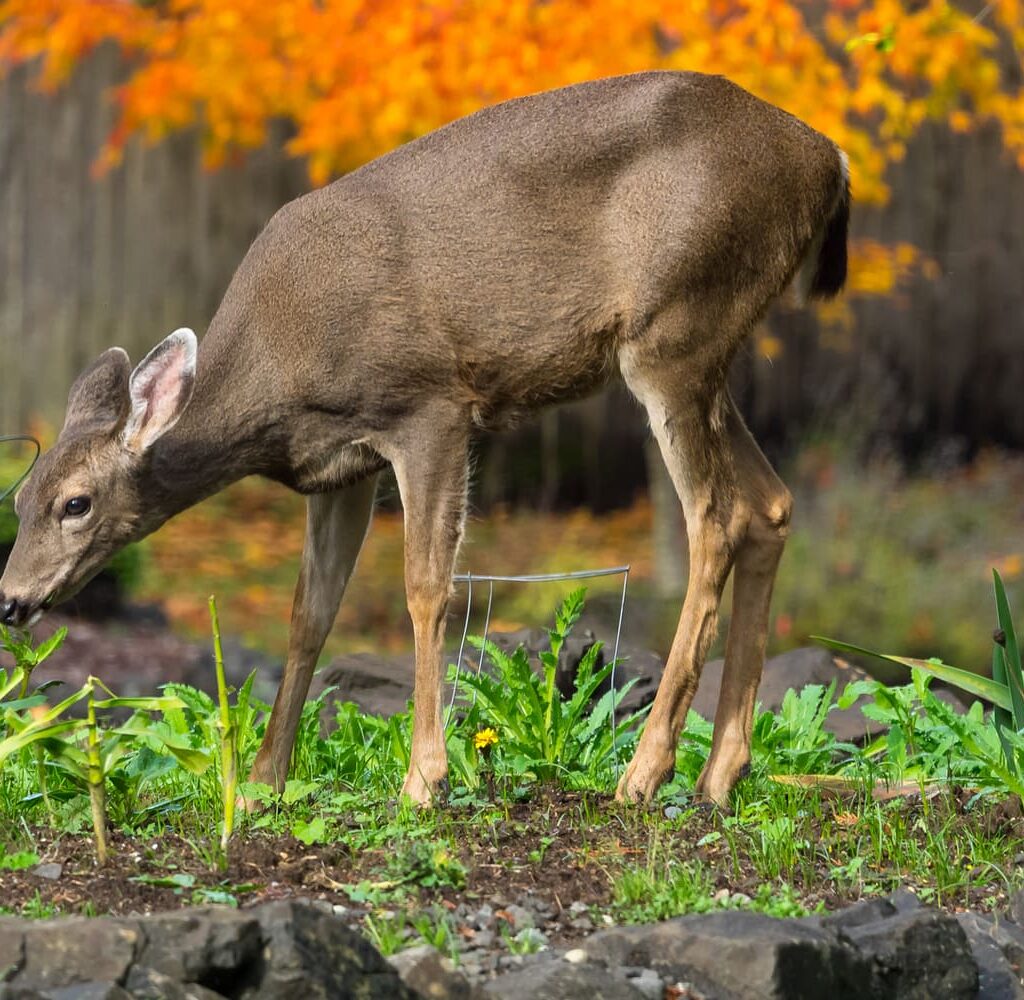
Why Do Deer Love Gardens?
Deer are natural browsers. Their diet consists of a wide range of foliage, shrubs, fruits, vegetables, and flowers — many of which are conveniently found in our backyards. Especially in areas where natural habitats have diminished or food is scarce, deer see your garden as an irresistible all-you-can-eat buffet.
Some of their favorite garden treats include:
- Hostas
- Roses
- Tulips
- Daylilies
- Beans
- Peas
- Lettuce
- Fruit trees (apples, cherries, plums)
Deer are especially active at dawn and dusk, and they’re most likely to cause damage in spring and fall when natural food supplies shift.
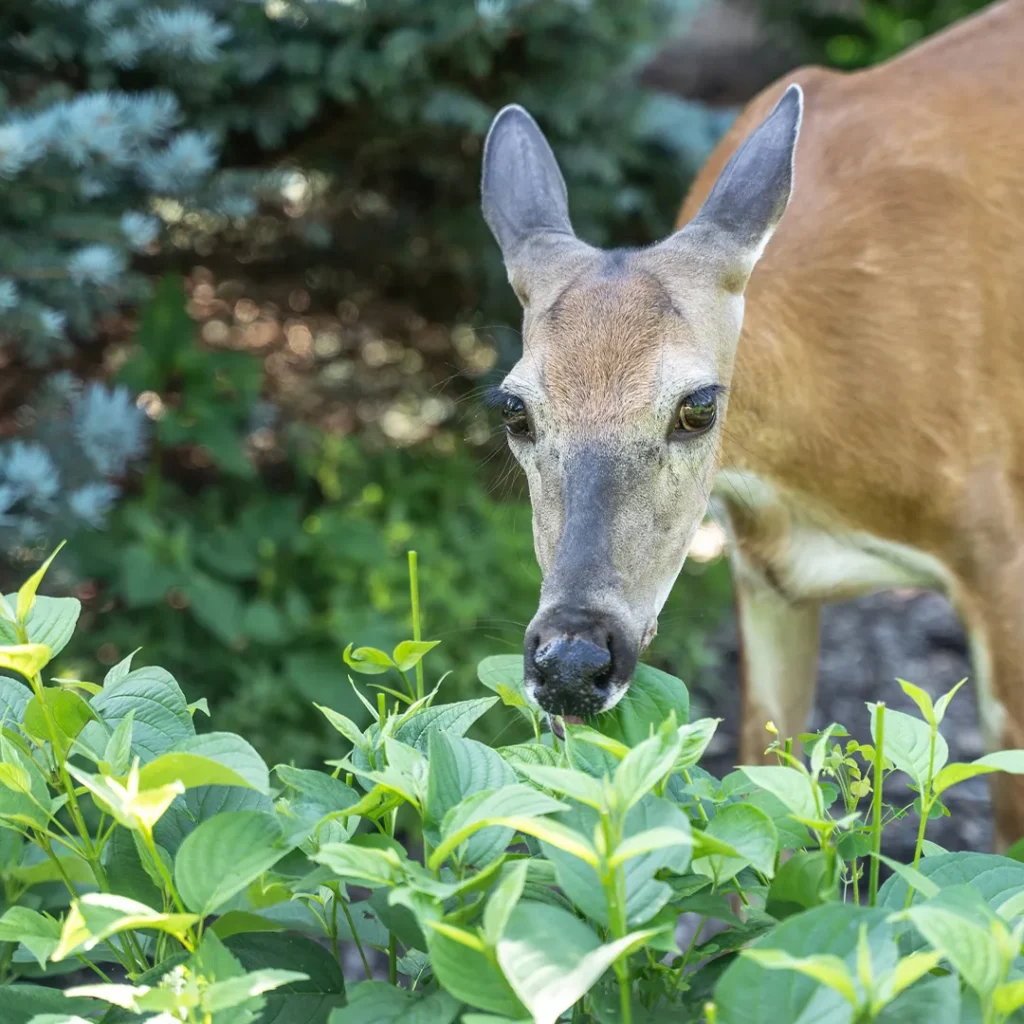
How to Identify Deer Damage
Before jumping into solutions, it’s helpful to confirm that deer are the culprits in your garden. Signs of deer activity include:
- Jagged, torn leaves and stems: Unlike rabbits that neatly snip plants, deer tear foliage with their lower teeth.
- Trampled plants and pathways: You might notice flattened areas where deer have walked through.
- Missing flower heads or buds: Deer love tender new growth.
- Deer tracks: Look for hoof prints, typically about 2–3 inches long.
- Scat: Deer droppings are pellet-like and scattered.
Once you confirm you have deer visitors, it’s time to protect your plants.
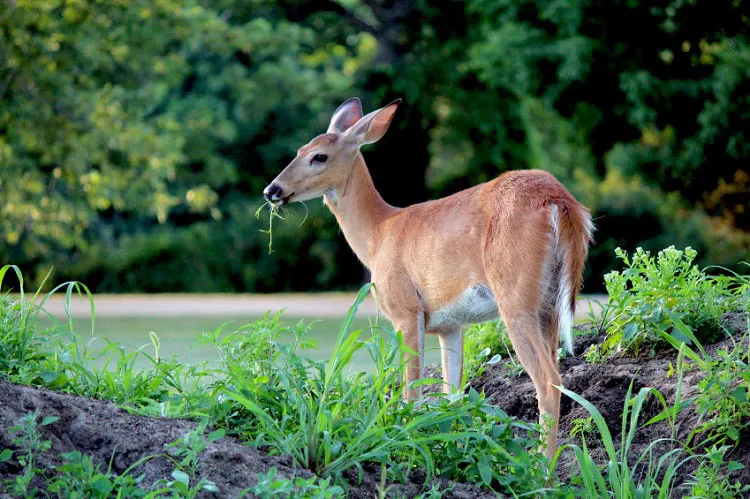
10 Effective Ways to Keep Deer Away from Your Garden
1. Install a Sturdy Fence
Fencing is the most reliable way to keep deer out. However, it needs to be:
- At least 8 feet tall: Deer are excellent jumpers.
- Solid or angled outward: A slanted fence can discourage them from leaping.
You can also opt for invisible deer netting or electric fences if a tall structure isn’t suitable for your yard’s aesthetic.
Pro tip: Double fences placed a few feet apart can confuse deer, as they dislike confined spaces.

2. Use Deer-Repellent Sprays
Commercial deer repellents work by creating unpleasant tastes or smells. These typically use ingredients like garlic, rotten eggs, or predator urine.
When using repellents:
- Reapply after rain.
- Switch brands periodically so deer don’t become accustomed.
- Spray both the foliage and perimeter of your garden.
You can also make a homemade mix using:
- 2 beaten eggs
- 1 tablespoon dish soap
- 1 gallon of water
Spray this mixture on plants you want to protect.
3. Plant Deer-Resistant Species
While no plant is completely deer-proof, some are far less appealing to them. Incorporating these into your garden can help deter deer naturally.
Top deer-resistant plants:
- Lavender
- Marigolds
- Peonies
- Daffodils
- Foxglove
- Bee balm
- Ferns
- Salvia
These plants often have strong scents, prickly textures, or toxic properties that deer avoid.
4. Install Motion-Activated Devices
Deer are skittish by nature. Motion-activated lights, sprinklers, or noise makers can startle them away.
Options to consider:
- Solar-powered garden lights with motion sensors
- Motion-activated water sprayers
- Ultrasonic animal repellers
Place these near your most vulnerable plants or at common deer entry points.
5. Use Physical Barriers Around Plants
For individual plants or small beds, you can use netting, chicken wire cages, or floating row covers. This works well for young trees, newly planted vegetables, or valuable ornamentals.
Be sure to secure coverings properly, as deer are persistent and can nudge or trample loose protection.
6. Create a Fragrant Barrier
Deer have sensitive noses and dislike certain strong odors. Placing scent deterrents around your garden can help keep them away.
Try using:
- Bars of strong-smelling soap (Irish Spring is a favorite)
- Human or dog hair in mesh bags
- Blood meal sprinkled around plants
- Garlic cloves planted near vulnerable areas
Replace these regularly to maintain their effectiveness.
7. Remove Deer Attractants
If you want to discourage deer, make your yard less appealing:
- Harvest ripe fruits and vegetables promptly.
- Remove fallen fruit from the ground.
- Avoid planting large, unprotected patches of deer favorites.
- Clean up brush piles and dense shrubs that offer cover.
The less inviting your garden is, the less likely deer are to linger.
8. Design a Layered Landscape
Deer prefer open areas where they can see predators approaching. By creating a layered garden with dense shrubs, thorny plants, and hard-to-reach areas, you make your yard less inviting.
Consider planting thorny or deer-resistant shrubs along the outer edges and placing prized plants closer to your home.
9. Use Companion Planting Techniques
Interplanting strong-smelling herbs and flowers among your vegetables and ornamentals can confuse and deter deer.
Good options include:
- Garlic
- Chives
- Mint
- Oregano
- Thyme
These not only help keep deer away but also attract pollinators and beneficial insects.
10. Stay Consistent
The key to deer deterrence is consistency. Deer are creatures of habit — if they’ve found a reliable food source, it takes persistence to change their patterns.
Remember to:
- Rotate deterrents and scents regularly.
- Repair fences or covers promptly.
- Keep deterrent sprays fresh.
- Stay vigilant during peak deer seasons (spring and fall).
Final Thoughts
Deer may be graceful, but they’re no friends to a lush garden. With a combination of physical barriers, deterrents, smart planting, and a bit of strategy, you can reclaim your garden and enjoy your hard work without worrying about overnight raids.
No single solution works for everyone, but layering these tactics will significantly reduce the chances of deer damage. Whether you opt for sturdy fencing, fragrant deterrents, or deer-resistant plants, your garden can thrive beautifully — deer-free.

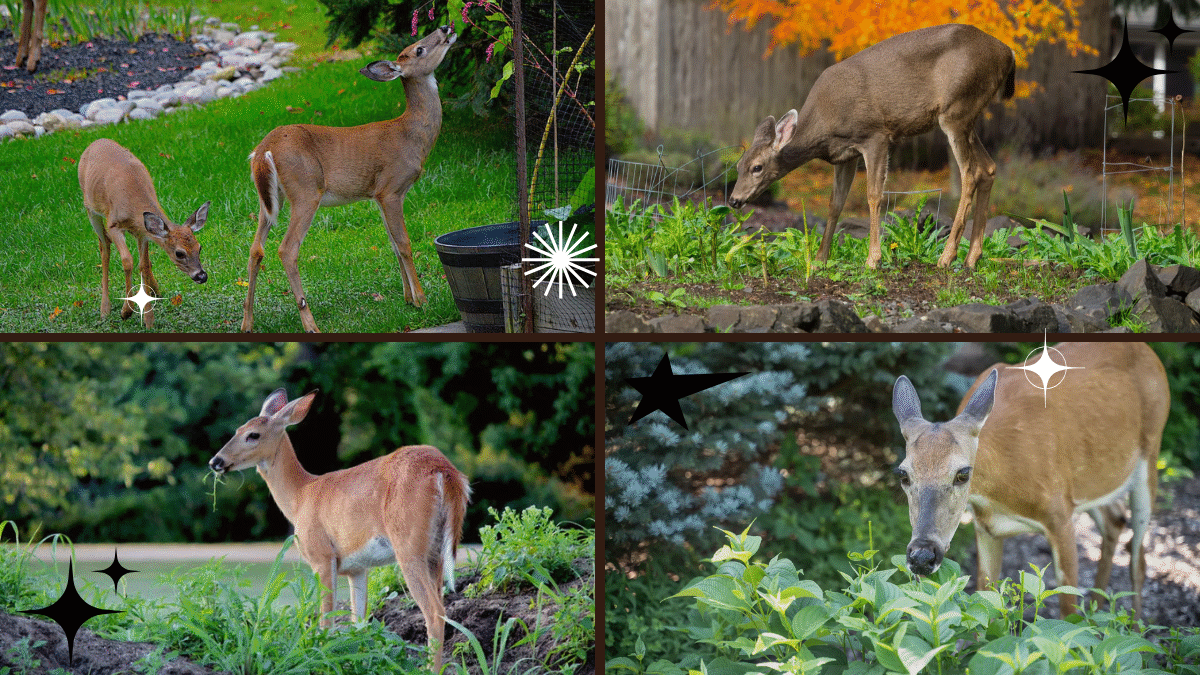
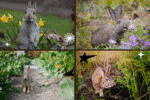


Leave A Comment